Multiple uses of agricultural drones.
Bringing a fresh perspective to the world, DJI Agriculture, a part of DJI Innovations, offers more than just cutting-edge agricultural intelligent equipment. We provide smart agricultural solutions for farmers, growers, agricultural cooperatives, and agricultural service providers.
Agriculture Pain Points Worldwide
Manual Spraying:
Time-consuming,
Labor-intensive,
High health risk due to direct contact with chemicals
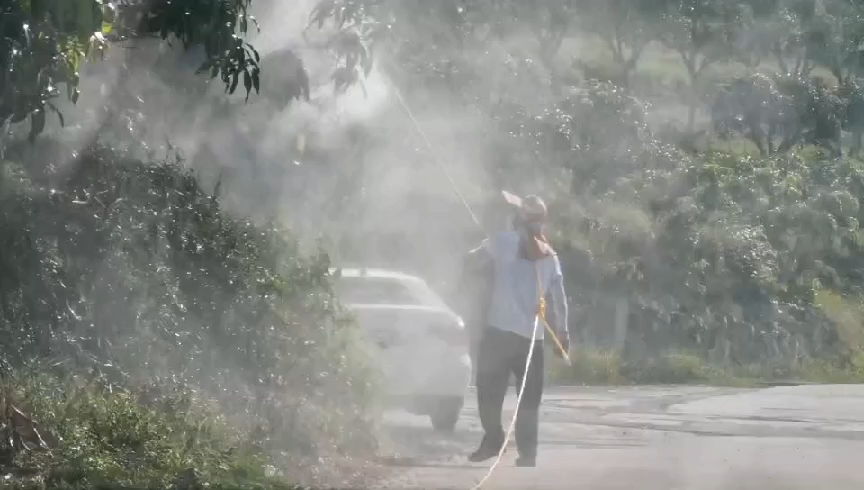
Tractors:
Crop crushing leading to economic loss,
Limited Access Area,
Time-consuming
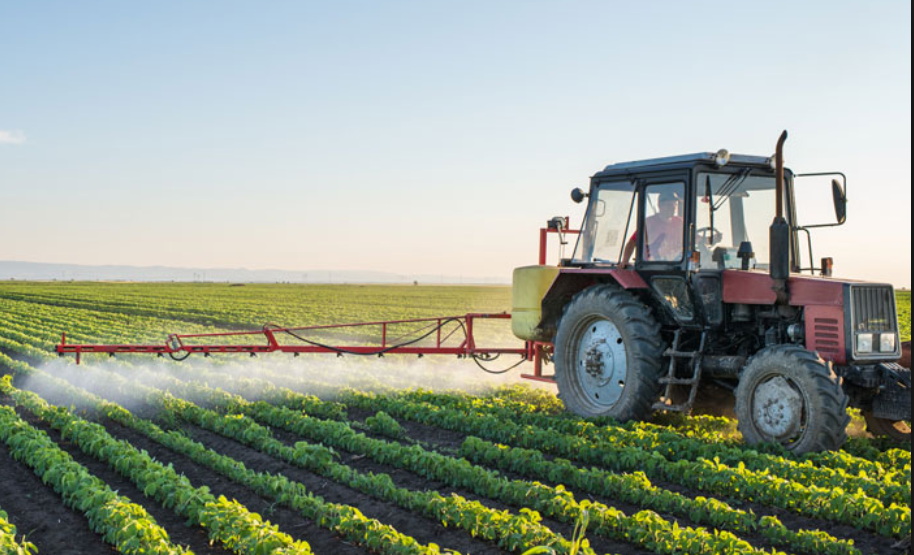
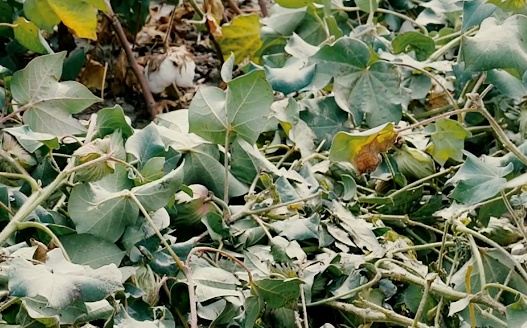
Helicopters:
Expensive,
Low precision

Agricultural Drones: the Problem Solver

More Agricultural Scenarios
Agricultural drones can fulfill needs of versatile scenarios such as paddy field, orchard, high-stem crops (to avoid crop crushing).
Safer Operations
Lower labor intensity, Avoid direct contact with chemicals
Higher Efficiency
Manual operation:0.067 ha/hour
Drone operation:16 ha/hour
Care-free & Cost effective
Manual:high turnover rate, high cost, difficult to monitor the result
Drone: Save water, Save Chemicals, Easy to monitor the operation progress and results
The unique advantage of agricultural drones is that they are easy to deploy and use, and are suitable for crops such as rice, corn, cotton, and fruit trees. Especially in mountainous areas, and paddy fields where it is difficult for manual or traditional agricultural machineries to enter the ground.
Agricultural drones plays an important part throughout the life cycle of crop, especially during the seedling and management process.
Granular Spreading
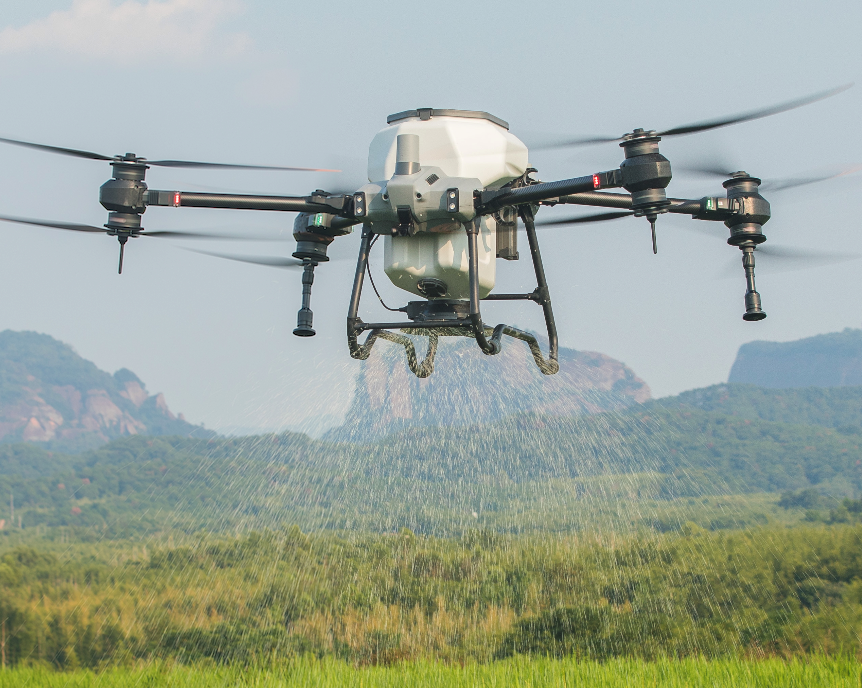
DJI Agricultural drones are suitable for multiple application scenarios, such as grassland reseeding, granular fertilizer spreading, and spreading feed for aquatic animals like fish and shrimp. Installation of the spreading system can be completed in under three minutes, proving that Agras drones are always ready for the task at hand.
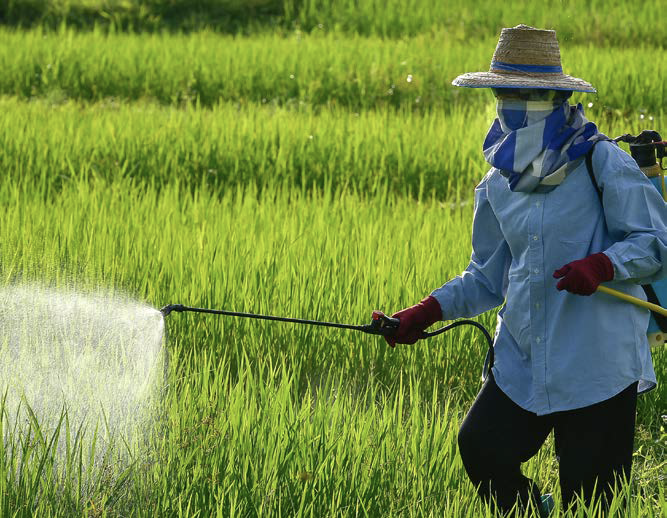
DJI Agricultural drones spray more accurately and evenly thanks to their automated features and precision spraying systems. Agricultural drones can effortlessly operate over challenging terrain that is typically hard for large machines, such as tractors and fixed-wing aircraft. Moreover, agricultural drones save chemicals and water, which effectively minimizes the risk of chemical run-off and ensures the conservation of water resources.
Crop Health Monitoring
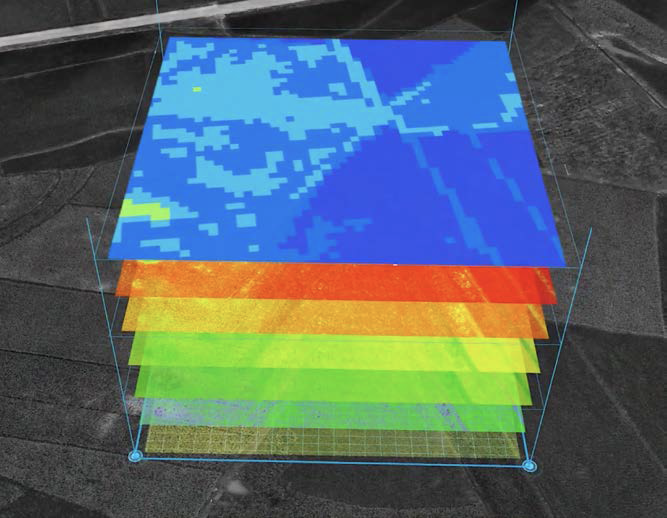
Farmers can use DJI aerial platforms such as the Phantom 4 RTK and P4 Multispectral imaging system to gather precise crop data, perform perse agricultural tasks, monitor the environment, and more.
Field Mapping/Surveying
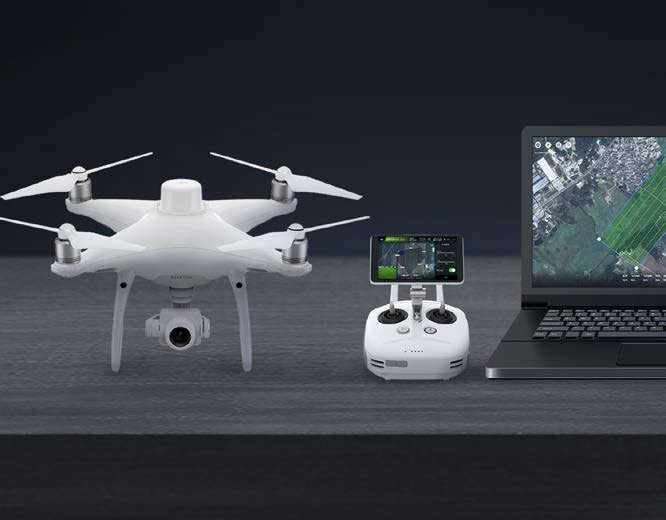
Manual mapping has become a thing of the past with the DJI Phantom 4 RTK, which performs aerial mapping 100 times faster than manual operations. The entire mapping process is displayed on screen, ensuring that planning and editing are done accurately.
本文标题:Multiple uses of agricultural drones.
地址:http://www.puerle.cn/sy/20230823/7396.html


